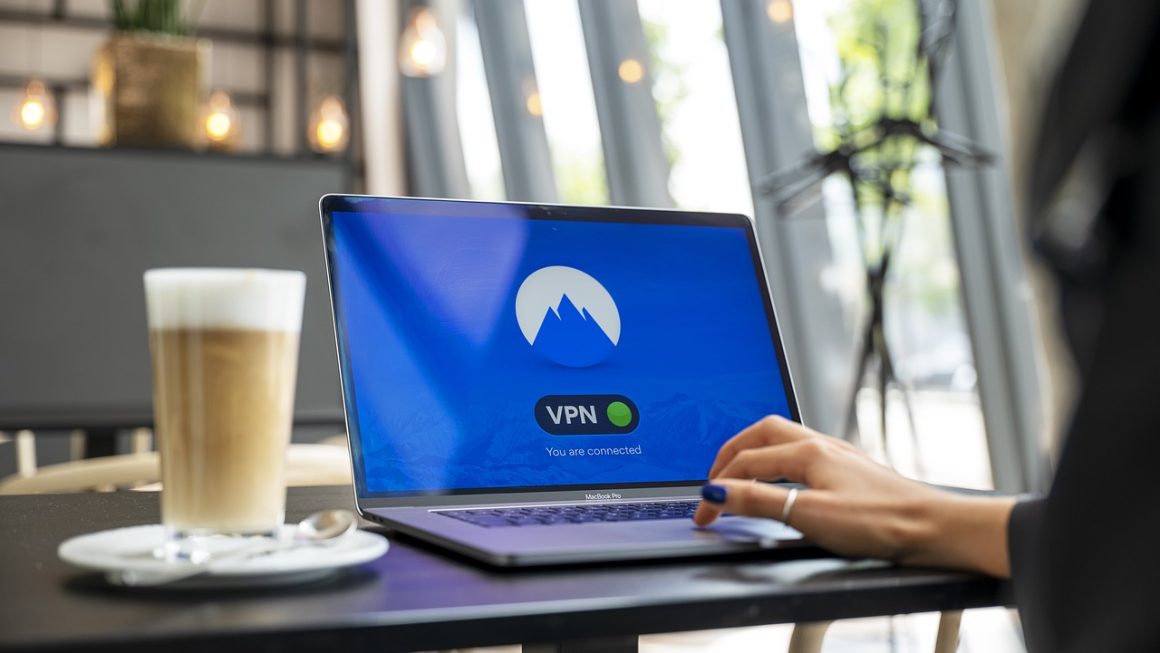Zoom has revolutionized the way we connect, collaborate, and communicate, becoming a ubiquitous tool in both professional and personal settings. From facilitating crucial business meetings and webinars to enabling virtual classrooms and connecting families across continents, Zoom’s impact is undeniable. But what exactly makes Zoom so popular, and how can you leverage its features to maximize your experience? Let’s delve into the world of Zoom and explore its capabilities.
Understanding Zoom: A Comprehensive Overview
Zoom is a cloud-based video conferencing platform used for a variety of communication needs, including meetings, webinars, chat, and phone systems. It offers a robust suite of features designed to facilitate seamless and engaging interactions, regardless of geographical location. Its user-friendly interface and accessibility across multiple devices have contributed significantly to its widespread adoption.
Core Features and Functionalities
Zoom offers a broad range of features, making it a versatile tool for various applications:
- Video Conferencing: High-quality video and audio for clear and engaging meetings.
- Screen Sharing: Enables presenters to share their screen with participants for presentations and demonstrations.
- Recording: Allows users to record meetings for future reference or to share with those who couldn’t attend.
- Virtual Backgrounds: Provides the ability to customize your background, enhancing privacy and adding a professional touch.
- Breakout Rooms: Divides participants into smaller groups for focused discussions and collaborative activities.
- Chat Functionality: Real-time text-based communication during meetings.
- Polling and Q&A: Interactive features to engage participants and gather feedback.
- Webinars: Designed for larger audiences, offering features like registration, attendee management, and advanced Q&A.
Zoom’s Market Position and Statistics
Zoom’s rapid growth and market dominance are reflected in its impressive statistics:
- As of 2023, Zoom has over 300 million daily meeting participants.
- It’s one of the most popular video conferencing platforms worldwide.
- Zoom’s revenue has consistently increased year over year, showcasing its strong market presence.
- The platform is used by a diverse range of industries, including education, healthcare, finance, and technology.
These figures highlight Zoom’s critical role in today’s interconnected world, facilitating communication and collaboration across various sectors.
Setting Up and Optimizing Your Zoom Account
Creating and configuring your Zoom account is a straightforward process that can be completed in a few simple steps. Optimizing your account settings ensures a seamless and professional experience.
Account Creation and Initial Setup
Configuring Essential Settings
- Profile Picture: Upload a professional headshot to personalize your account.
- Time Zone: Ensure your time zone is correctly set to avoid scheduling conflicts.
- Meeting Settings: Customize your default meeting settings, such as enabling waiting rooms, muting participants upon entry, and setting up automatic recording.
- Audio and Video Settings: Test your audio and video equipment to ensure optimal performance. Choose the correct microphone and camera and adjust the settings as needed.
- Backgrounds & Filters: Customize your virtual background and experiment with filters to enhance your appearance.
- Example: Consider enabling the “Waiting Room” feature in your meeting settings. This allows you to control who enters your meeting, preventing unwanted guests and ensuring a secure and private environment.
Mastering Zoom Meeting Features
Zoom offers a wealth of features designed to enhance the meeting experience for both hosts and participants. Understanding and utilizing these features effectively can lead to more productive and engaging meetings.
Host Controls and Management
- Muting/Unmuting Participants: As the host, you have the ability to mute or unmute participants to control background noise and ensure clarity.
- Managing Participants: You can remove participants from the meeting if necessary, assign co-hosts to assist with management, and lock the meeting to prevent further entry.
- Screen Sharing Control: You can allow participants to share their screens or restrict screen sharing to only the host.
- Breakout Room Management: Create and manage breakout rooms for smaller group discussions. You can assign participants manually or automatically, and you can also join individual breakout rooms to monitor progress.
- Example: During a large meeting, use the “Mute All” function to silence any disruptive background noise. Then, selectively unmute participants who need to speak.
Participant Engagement Tools
- Chat Functionality: Use the chat feature to share links, ask questions, and facilitate real-time discussion. You can also enable private chat between participants.
- Polling: Create polls to gather feedback, gauge audience understanding, and encourage participation.
- Q&A: Use the Q&A feature to allow participants to submit questions, which you can then answer live during the meeting.
- Raise Hand: Participants can use the “Raise Hand” feature to signal their desire to speak, allowing the host to manage the flow of the conversation.
- Reactions: Participants can use reactions (e.g., thumbs up, applause) to provide non-verbal feedback and express agreement.
- Example: During a presentation, use polls to ask questions related to the content and gauge the audience’s comprehension. This provides valuable feedback and helps maintain engagement.
Advanced Features: Breakout Rooms and Recording
- Breakout Rooms: Breakout rooms are invaluable for collaborative activities and smaller group discussions. Use them to facilitate brainstorming sessions, problem-solving exercises, and team-building activities.
- Recording: Recording meetings allows you to review the content later, share it with those who couldn’t attend, and create training materials. You can choose to record locally (to your computer) or to the cloud.
- Example: For a training session, record the meeting and then share the recording with participants who missed the live session or who want to review the material again. Breakout rooms can be used for exercises applying the concepts being taught.
Zoom Security and Privacy Best Practices
Ensuring the security and privacy of your Zoom meetings is paramount. By implementing a few simple measures, you can protect your meetings from unwanted guests and safeguard sensitive information.
Securing Your Meetings
- Use a Meeting Password: Require participants to enter a password to join your meeting. This prevents unauthorized access and helps keep your meetings private.
- Enable Waiting Room: The waiting room feature allows you to control who enters your meeting, ensuring that only invited guests are admitted.
- Lock the Meeting: Once all expected participants have joined, lock the meeting to prevent further entry.
- Disable Screen Sharing for Participants: If you don’t need participants to share their screens, disable this feature to prevent unwanted content from being displayed.
- Remove Disruptive Participants: If a participant is disruptive or unwelcome, remove them from the meeting.
Protecting Your Privacy
- Be Mindful of Your Surroundings: Ensure that your background is appropriate and that no sensitive information is visible.
- Use a Virtual Background: A virtual background can help protect your privacy by concealing your surroundings.
- Be Aware of What You Share: Avoid sharing sensitive information during the meeting, such as passwords or financial details.
- Review Recording Settings: When recording a meeting, be aware of who has access to the recording and how it will be used.
- Example: Always use a meeting password and enable the waiting room to prevent uninvited guests from joining your meetings. Regularly update the Zoom application to benefit from the latest security patches and features.
Zoom Alternatives: Weighing the Options
While Zoom is a leading video conferencing platform, several alternatives offer similar features and functionalities. Understanding the strengths and weaknesses of these alternatives can help you choose the best platform for your specific needs.
Popular Alternatives and Their Features
- Microsoft Teams: Integrated with Microsoft Office 365, offering collaboration features like chat, file sharing, and video conferencing. Ideal for organizations already using Microsoft products.
- Google Meet: Part of the Google Workspace suite, providing seamless integration with Gmail, Google Calendar, and other Google apps. Easy to use and accessible through a web browser.
- Webex: A robust video conferencing platform with a focus on enterprise-level features and security. Offers advanced webinar capabilities and integrations.
- GoTo Meeting:* A reliable video conferencing solution with a strong emphasis on ease of use and scheduling. Includes features like transcription and breakout rooms.
Comparing Pricing and Features
| Platform | Pricing | Key Features |
| —————– | ————————————————- | ————————————————————————————————————————————————————————————- |
| Zoom | Free plan available, paid plans starting at $14.99/month | Video conferencing, screen sharing, recording, virtual backgrounds, breakout rooms, chat, polling, Q&A, webinars |
| Microsoft Teams | Included with Microsoft 365 subscriptions | Video conferencing, chat, file sharing, collaboration tools, integration with Microsoft Office apps |
| Google Meet | Included with Google Workspace subscriptions | Video conferencing, screen sharing, integration with Google Calendar and Gmail, live captions |
| Webex | Free plan available, paid plans starting at $25/month | Video conferencing, webinars, screen sharing, recording, advanced security features, integration with CRM and marketing automation tools |
| GoTo Meeting | Paid plans starting at $12/month | Video conferencing, screen sharing, recording, transcription, breakout rooms, easy scheduling, integration with calendar apps |
The best choice depends on your specific requirements, budget, and existing technology infrastructure. Consider factors such as the size of your organization, the features you need, and the level of integration you require with other tools.
Conclusion
Zoom has undeniably transformed the landscape of modern communication, offering a powerful and versatile platform for meetings, webinars, and virtual collaboration. By understanding its core features, optimizing your account settings, implementing security best practices, and exploring alternative options, you can harness the full potential of Zoom and enhance your communication experience. Whether you’re a business professional, educator, or individual user, Zoom offers the tools you need to connect, collaborate, and communicate effectively in today’s interconnected world.




